From Halifax to Beirut. Four largest man-made disasters in ports
The explosion in the port of Beirut, which occurred on the evening of August 4, 2020, was a real disaster not only for the city, but also for the country. According to the latest data, a man-made disaster in the port claimed the lives of 158 people, more than 6 thousand residents of the city were injured. But the economic consequences of this explosion turned out to be even more serious. According to preliminary estimates, the damage from the explosion of 2750 tons of ammonium nitrate (ammonium nitrate) in the port of Beirut cost Lebanon 3-5 billion dollars.
Explosion in the port of Beirut
A destructive explosion in the port of Beirut occurred on the evening of 4 August. There were two explosions in total, the second, more powerful, led to tremendous destruction in the port and nearby quarters of the city. The explosion took place at warehouse # 12, which contained 2750 tons of ammonium nitrate. The dangerous cargo was confiscated back in 2014 from the ship "Rhosus", which belonged to a businessman with Russian citizenship Igor Grechushkin. In the future, the question of the danger of storing an explosive component in the port was raised many times, but no decision was made about the disposal or removal of the cargo. According to preliminary information, the cause of the explosion was a violation of safety regulations during welding in the said warehouse.
Information about the consequences of the explosion, including the economic ones, varies. But already now we can say that in stories Lebanon is the largest man-made disaster, which, even according to the most conservative estimates, caused damage to the country in the amount of 5-10% of GDP. For not the richest country in the Middle East, this is a real national disaster. At the same time, thousands of people lost their homes, as a lot of apartments and houses were damaged. Ultimately, the explosion led to riots in the Lebanese capital, which began in the city on August 8.
The total number of victims is estimated so far at 158 people, more than six thousand residents of the Lebanese capital received various injuries, houses and apartments of 300 thousand people were variously damaged. In many houses, the facades were destroyed, all glass and doors were knocked out, interior ceilings and the roof were damaged. Houses in the immediate vicinity of the port were particularly affected. One or another damage to buildings was recorded at a distance of 10 kilometers from the epicenter of the explosion. At the same time, Beirut was still somewhat lucky, since part of the most powerful shock wave was taken over by the grain elevator in the port, which is the largest in the country. Buildings behind the elevator suffered less damage.
In addition to the obvious casualties and destruction, the explosion at the port of Beirut has enormous consequences for the Lebanese economy. More than 15 thousand tons of grain were stored in the same elevator. There is no talk of a shortage of grain in the country yet, but, according to official information from stocks, grain in Lebanon now remains only for a month. It is also important to understand that the port of Beirut provided 60 percent of all Lebanese imports, including 80 percent of food imports. A negative factor for Lebanon was the fact that the explosion occurred against the backdrop of an economic and political crisis in the country that arose after the introduction of an emergency situation in connection with the pandemic of the new coronavirus, which seriously hit the economies of all countries of the world without exception.
Even despite the scale of destruction, which shocked all eyewitnesses of the tragedy, similar disasters have already occurred on our planet, and the worst of them happened in ports or directly at the port entrance. In terms of the number of casualties and destruction, the explosion in Beirut is not the most powerful. Leading this sad list of the largest non-nuclear explosions is the tragedy in Halifax, Canada, which occurred on December 6, 1917, and led to thousands of victims and the destruction of a large part of the city.
Explosion in Halifax
On December 6, 1917, a catastrophe occurred in Halifax, Canada, which shook the entire country. In the harbor of this Canadian port, two ships collided. The French military transport ship Mont Blanc collided with the Norwegian ship Imo. The collision took place in a narrow part of the port's outer roadstead with Bedford-Bainsea Bay. The collision of the two ships occurred at 8:45 am local time. The Imo crashed into the starboard side of the Mont Blanc auxiliary transport near hold No. 1.
The collision itself did not have serious consequences for the ships, but benzene leaked from the damaged barrels in the hold of the Mont Blanc. When two ships were decoupled from metal-to-metal friction, sparks appeared, which led to the ignition of benzene and the start of a fire on the Mont Blanc. Further catastrophe was a foregone conclusion, but its consequences could be much less devastating for Halifax. Unfortunately for the locals, the Mont Blanc was almost completely loaded with explosives. The ship was carrying from New York a cargo of explosive and flammable substances: 2300 tons of picric acid, 200 tons of TNT, 10 tons of pyroxylin and about 35 tons of benzene.
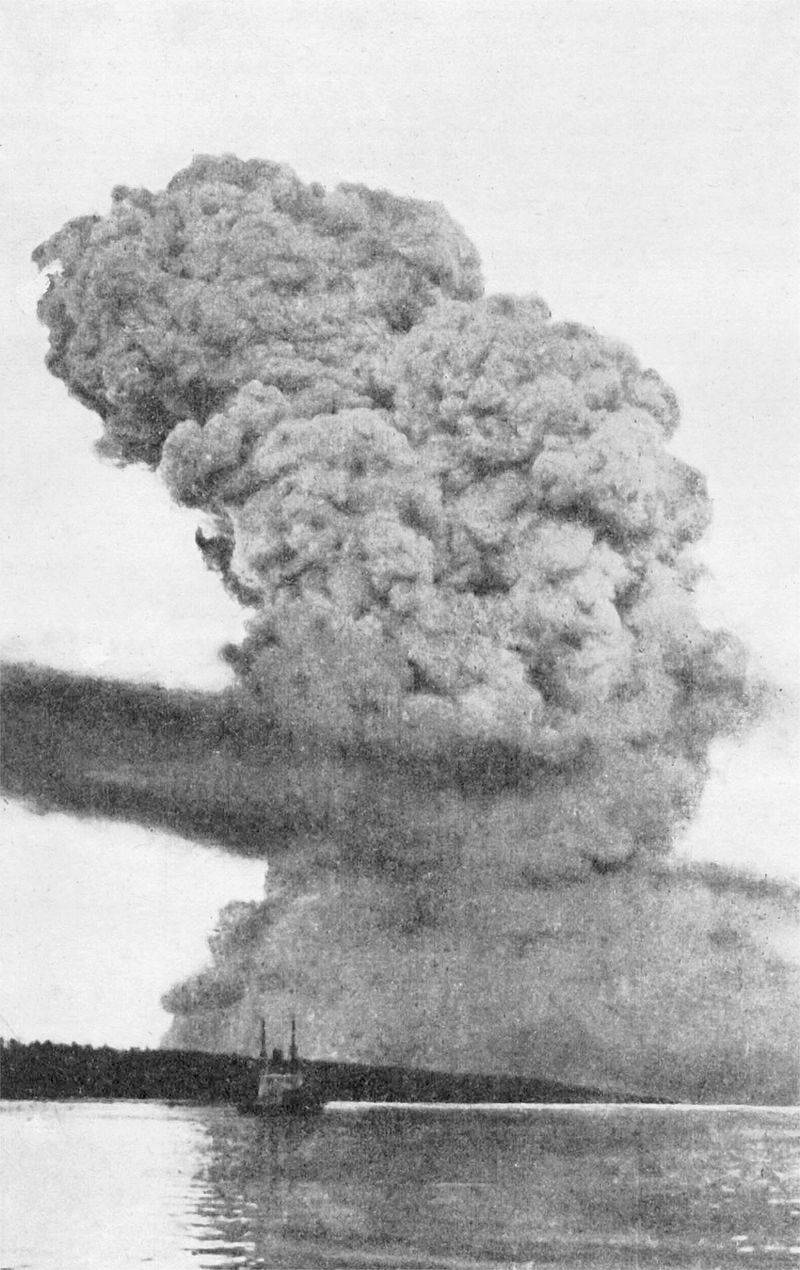
The Mont Blanc commander, together with the crew, abandoned the ship, which literally became a burning powder keg. Drifting, the unguided vessel reached Pier 6, which was at the beginning of Richmond Street. Many townspeople and residents of the area watched the fire on the ship from their windows or directly from the streets. Many of them paid with their lives, dozens of people lost their sight forever. Their eyes were damaged by shards of glass, and someone received eye burns from the force of the flash itself, which was formed during the explosion. Later, experts will establish that the temperature at the epicenter of the explosion was 5000 degrees Celsius.
The explosion on the "Mont Blanc" occurred at 9 hours 4 minutes, when the fire reached the load of explosives. The catastrophe that occurred is recognized as the most powerful explosion of the pre-nuclear era in the history of mankind, the power of the explosion was estimated at 2,9 kilotons in TNT equivalent. The consequences for the city of Halifax were disastrous. The Richmond area was completely destroyed. The area of continuous destruction was 160 hectares, within a radius of 2,6 kilometers from the place of the explosion, buildings were either completely destroyed or seriously damaged. It is worth considering here that in those years the buildings of the city were largely wooden, there were not so many capital stone and brick buildings. In addition to the monstrous force of the blast wave, numerous fires inflicted damage to the city, which broke out in different parts of Halifax and quickly spread through the wooden buildings.
According to official data, 1963 people died in the crash, 1950 people were identified. More than 9 thousand people received various injuries. 1630 houses were completely destroyed, another 12 thousand houses received various damage. The industrial sector of the city was almost completely destroyed, the shipyards and the port itself were especially damaged. The total damage from the explosion was then estimated at 35 million Canadian dollars (approximately $ 591 million at today's exchange rate).
Explosion in Port Chicago
The explosion in the small California town of Port Chicago, which occurred on July 17, 1944, is comparable in power to the explosion in Halifax, Canada on December 6, 1917. At the same time, there was less destruction and casualties, but only exclusively due to the port's remoteness from the main city blocks and the small number of inhabitants. The ammunition depots were located more than a mile from the city buildings.
The city itself arose and developed as a small port village at the rear supply base of the Pacific fleet USA. In 1942, after the Japanese attack on Pearl Harbor, a new transshipment base was built in Port Chicago to supply ammunition to all American forces operating in the Pacific theater of operations. At the same time, work to improve the port infrastructure continued. In 1944, the construction of a loading pier with three railway tracks was completed here. The port has an opportunity to simultaneously load two transports at once.
On July 17, 1944, two Liberty-class vessels were loading at the port. By that time, 4606 tons of various ammunition had already been loaded aboard the EA Bryan ship (by the evening of July 17, the ship was about 40% full), another 429 tons of ammunition were stored in railway cars at the pier. The second ship, the Quinault Victory, was just preparing to load. What exactly happened on the pier on that fateful day is not known for certain, since all direct eyewitnesses and participants in the loading of ammunition died on the spot. According to eyewitnesses, at 22:18 they heard a sound similar to wood crackling and metal grinding. Perhaps it was the sound of a falling crane boom. Immediately after this, the first explosion followed and a fire broke out, and just 5-7 seconds later, another explosion occurred, which destroyed the pier, wagons and both ships on which the loading was in progress.
The power of the explosion, according to some estimates, could reach 2-2,2 kilotons in TNT equivalent. The fireball that formed at the site of the explosion could be seen from miles away. At the same time, an American Air Force pilot who witnessed the explosion estimated the diameter of the resulting fireball at 3 miles (4,6 km). Pieces of ships, wagons and ammunition were thrown into the air to a height of three kilometers. At the same time, EA Bryan's transport was completely destroyed, and Quinault Victory was torn to pieces, which were scattered in different directions. For example, the stern of the ship flew 150 meters from the explosion site.
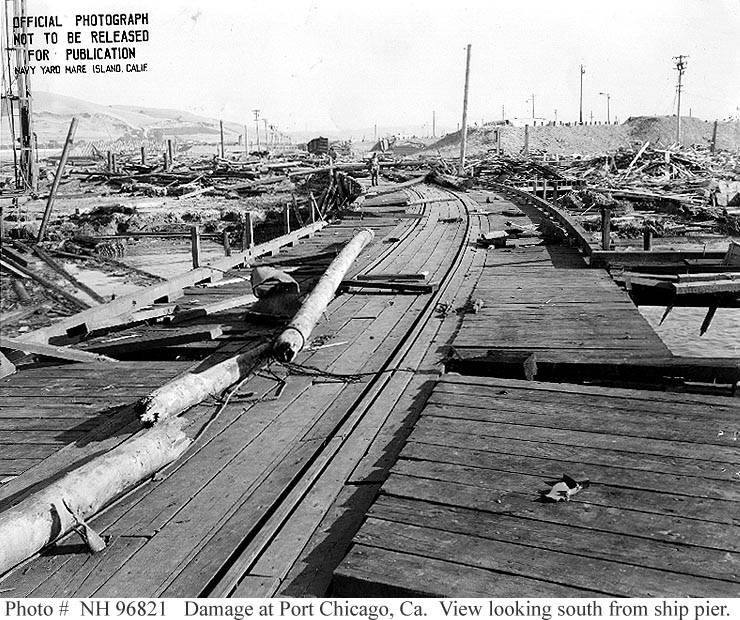
The explosion destroyed the barracks and buildings in the port, and most of the city was damaged, but no one died outside the pier. The explosion claimed the lives of 320 people, everyone on the pier and on board the ships, another 390 people from among the military and civilians received various injuries. At the same time, literally nothing remained of the victims. Fragments of bodies found at the crash site were used to identify only 51 people. Most of the casualties in the blast were African-American, with 202 killed and 233 injured. A few weeks after the liquidation of the consequences of the disaster and the order to resume work with ammunition, a riot occurred in the port. Many African Americans have refused to go to work. For this they were sent to court, 50 people received real prison sentences of 8-15 years. They managed to get their pardon only in January 1946.
Texas City Port Explosion
On April 16, 1947, another powerful explosion occurred in the port of the American Texas City. As in Beirut, a cargo of ammonium nitrate exploded here. It all started with a fire aboard the French transport ship Grandcamp. It was another Liberty type transport. The fire on board the ship began at about 8 am. More than an hour passed from the start of the fire to the explosion. During this time, the entire crew got off the ship, except for the captain, and 27 of the 50 city firefighters that were available in Texas City managed to get on board.
The explosion on board the ship occurred at 9:12 local time. 2300 tons of ammonium nitrate exploded. The victims of this explosion turned out to be more than it could have been, since the fire on board the ship attracted the attention of a large number of onlookers, who were watching what was happening along the coastline. People believed they were at a safe distance. The attention of onlookers was additionally attracted by the unusually bright yellow-orange smoke rising from the holds of the ship. Experts later noted that this color was characteristic of the resulting nitrogen dioxide vapor.
The catastrophe that happened is considered the largest for American industry in its entire history. As a result of the explosion, the port was destroyed. The blast wave, fires and the resulting 4,5-meter wave destroyed or seriously damaged a thousand different buildings. The explosion killed and went missing 581 people, more than five thousand residents of the city received various injuries. The fire destroyed 1100 vehicles and 362 freight cars. Blast damage affected 2/3 of the city and 3/4 of the entire chemical and oil refining industry, which was located in Texas City. The force of the explosion was such that the two-ton anchor of the Grandcamp transport was found later 2,6 km from the explosion site.
The explosion and the ensuing fires completely burned down several chemical plants and oil storage facilities. At the same time, the force of the fires was such that the fight against them continued even a week after the explosion. The total property damage was estimated at $ 100 million ($ 1,1 billion in 2019 prices). Events in Texas City sparked the first class action lawsuit against the US government. The lawsuit was filed on behalf of 8485 citizens who suffered in various forms from the explosion and its consequences.
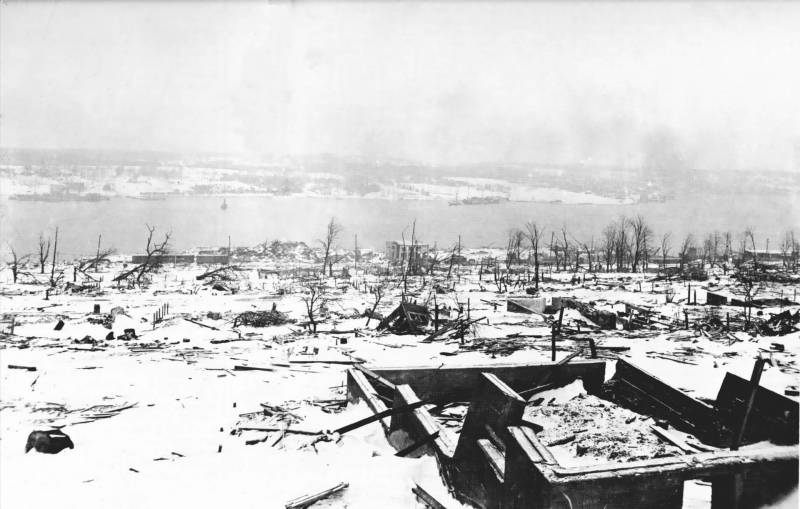
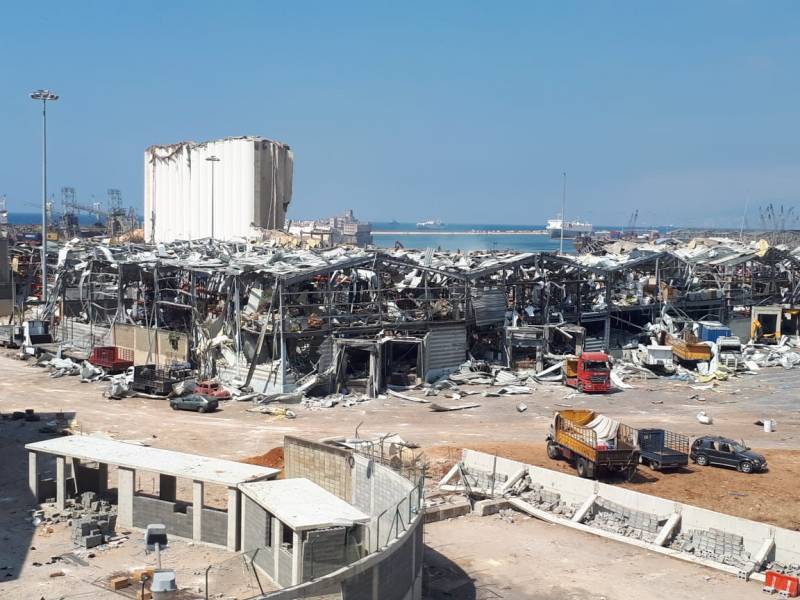
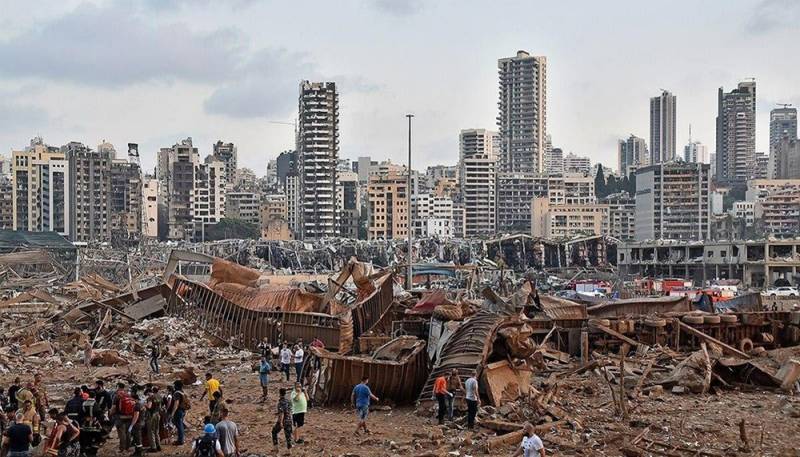
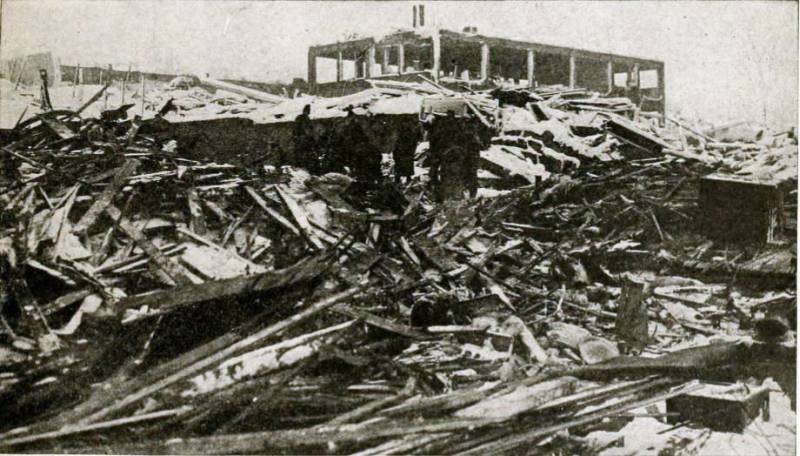
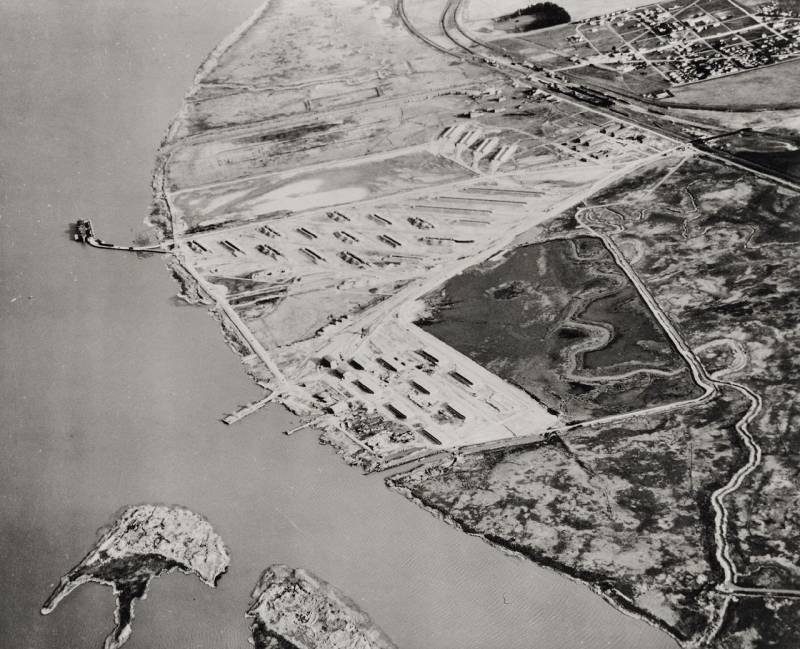
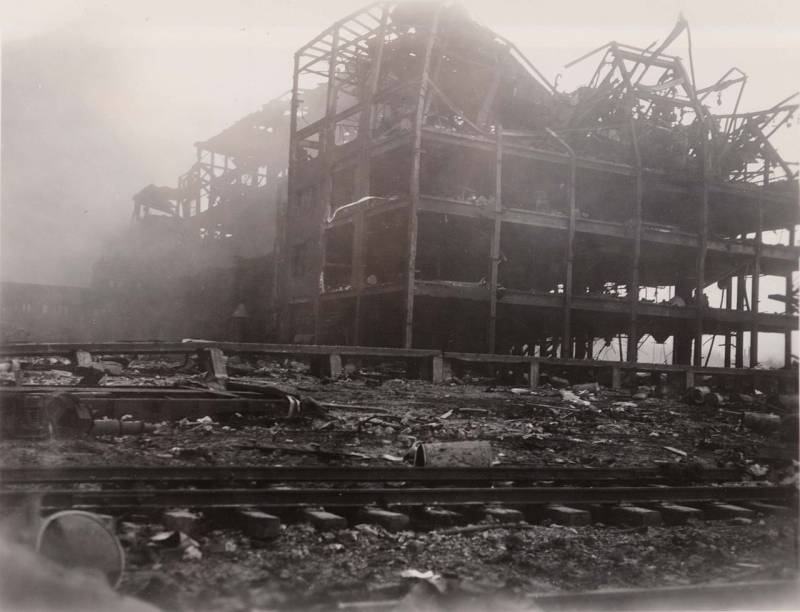
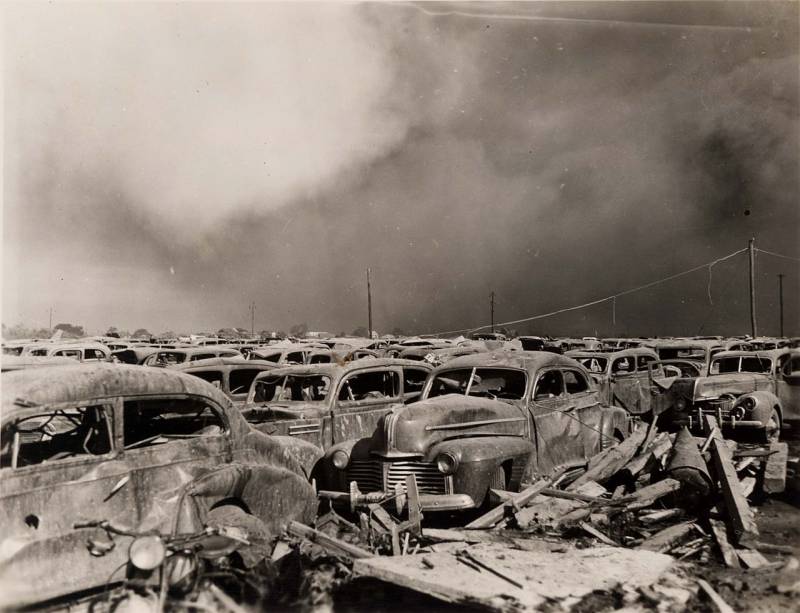
Information